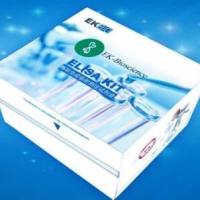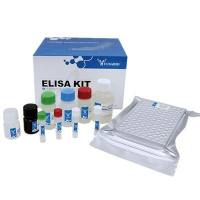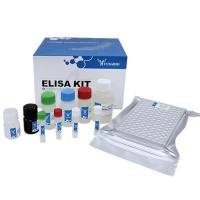Inositol 1,4,5-trisphosphate (Ins(1,4,5)
P
3
) was first shown to stimulate mobilization of intracellular Ca
2+
from permeabilized pancreatic acinar cells (
Streb et al., 1983
) and has since become recognized as an intracellular messenger formed after receptor activation and then responsible for mobilizing Ca
2+
from the intracellular stores of many different cell types. The interactions between most receptors and the phosphoinositidase C (PIC) that catalyzes formation of Ins(1,4,5)
P
3
and 1,2-diacylglycerol (DG) have much in common with the more completely understood interactions between receptors and adenylyl cyclase (
Gilman, 1987
;
Taylor, 1990b
; Fig. 1 ). In both cases, agonist-occupied receptors catalyze activation of a specific guanine nucleotide dependent regulatory protein(s) (G protein) by allowing it to lose its tightly bound GDP and replace it with GTP. The active GTP-bound G protein, which has yet to be identified for the phosphoinositide pathway, then regulates the activity of an intracellular effector, for example, adenylyl cyclase or PIC. Stimulation of the latter causes increased hydrolysis of the membrane phospholipid, phosphatidylinositol 4,5-bisphosphate (PtdIns
P
2
), and the formation of Ins(1,4,5)
P
3
and DG.
Fig. 1.
Receptor-regulated formation of Ins(1,4,5)
P
3
The complex of receptor (R) and agonist (A) catalyzes the exchange of GDP for GTP on an unidentified G protein. Binding of GTP to the α subunit of the oligomeric G protein probably promotes its dissociation into α-GTP and βγ subunits. The former probably directly stimulates PIC activity until its intrinsic GTPase activity hydrolyzes the bound GTP, inactivating it and allowing it to reassociate with the βγ complex to form the complete G protein. Active PIC catalyzes hydrolysis of PtdInsP
2
to Ins(1,4,5)
P
3
and diacyglycerol. The latter can activate certain proteins kinase C before its metabolism by a specific kinase to phosphatidic acid or by specific lipases that remove the fatty acid residues. Ins(1,4,5)
P
3
enters the cytosol and regulates Ca
2+
mobilization from intracellular stores before it is metabolized by a specific 5-phosphatase or 3-kinase. The Ins(l,4)
P
2
and Ins(1,3,4,5)
P
4
formed are the first substrates of a complex series of phosphorylation and dephosphorylation reactions (not shown) that can eventually lead to inositol that can be recycled to the membrane phosphoinositides.






